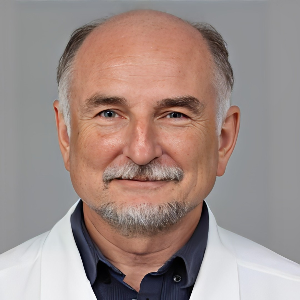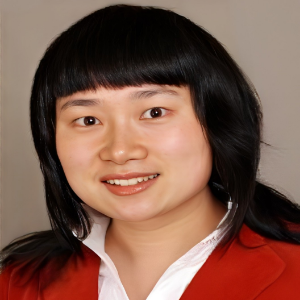Medicinal radio compounds, often known as Radiopharmaceuticals, are a class of medications that include radioactive isotopes. Radiopharmaceuticals can be utilised as both therapeutic and diagnostic tools. Unlike contrast media that absorb or change environmental electromagnetic or ultrasound, radiopharmaceuticals produce radiation on their own. The area of pharmacology that focuses on these medications is called Radiopharmacology. The majority of these substances are radiotracers, which are utilised to identify bodily tissue malfunction. Despite the fact that not all medicinal isotopes are radioactive, radiopharmaceuticals are the most traditional and widely used of these medicines. A useful source of ionising radiation, radiopharmaceuticals are bioactive compounds that have been radionuclide-labelled and are primarily used in medical testing and treatment. They must carefully be checked for sterility, apyrogenity, and other quality control characteristics because they are mostly delivered intravenously. In general, short-lived radionuclides generating positrons or -rays are used in diagnostics, whereas Auger electrons, and (electrons) emitters, and (electrons) emitters are used in treatment. In certain rare instances, the same element or even the same radionuclide (such as 131 is used for both diagnostic and therapeutic reasons (for example, the diagnostics Radioisotope 64Cu and the therapeutic radionuclide 67Cu). Very tiny amounts (nano to pico-molar range) of the radiotracer are perfused into the human body quickly and painlessly during Radio diagnostic imaging.

Vladlen Slepak
University of Miami Miller School of Medicine, United States
Yong Xiao Wang
Albany Medical College, United States
Consolato M Sergi
Universities of Alberta and Ottawa, Canada



Title : The impact of metal-decorated polymeric nanodots on proton relaxivity
Paulo Cesar De Morais, Catholic University of Brasilia, Brazil
Title : Hepatotoxic botanicals-shadows of pearls
Consolato M Sergi, Universities of Alberta and Ottawa, Canada
Title : Exploring classical ayurvedic drugs in hypertension
Prashant Bhokardankar, Datta Meghe Ayurved College, India
Title : Principles and standards for managing healthcare transformation towards personalized, preventive, predictive, participative precision medicine ecosystems
Bernd Blobel, University of Regensburg, Germany
Title : Personalized and Precision Medicine (PPM) as a unique healthcare model based on design-inspired biotech- & biopharma-driven applications to secure the human healthcare and biosafety
Sergey Suchkov, N.D. Zelinskii Institute for Organic Chemistry of the Russian Academy of Sciences & InMedStar, Russian Federation
Title : Antibody proteases as translational tools of the next step generation to be applied for biopharmacy related and precision medical practice
Sergey Suchkov, N.D. Zelinskii Institute for Organic Chemistry of the Russian Academy of Sciences & InMedStar, Russian Federation
Title : Easily injectable, organic solvent free self assembled hydrogel platform for endoscope mediated gastrointestinal polypectomy
Hitasha Vithalani , IIT Gandhinagar, India
Title : Cognitivevoice: Novel machine learning model leveraging acoustic features to predict future cognitive decline in Parkinson’s Disease
Aadya Daga, Hamilton High School, United States
Title : Platelet-activating factor-receptor pathway mediates solar radiation-induced extracellular vesicle release in human keratinocytes
Ravi P Sahu, Wright State University, United States
Title : Assessment of cytocompatibility and subcutaneous host reaction to silk fibroin chitosan plugs for resorbable implant applications
Luis Jesus Villarreal Gomez, FCITEC - Universidad Autónoma de Baja California, Mexico